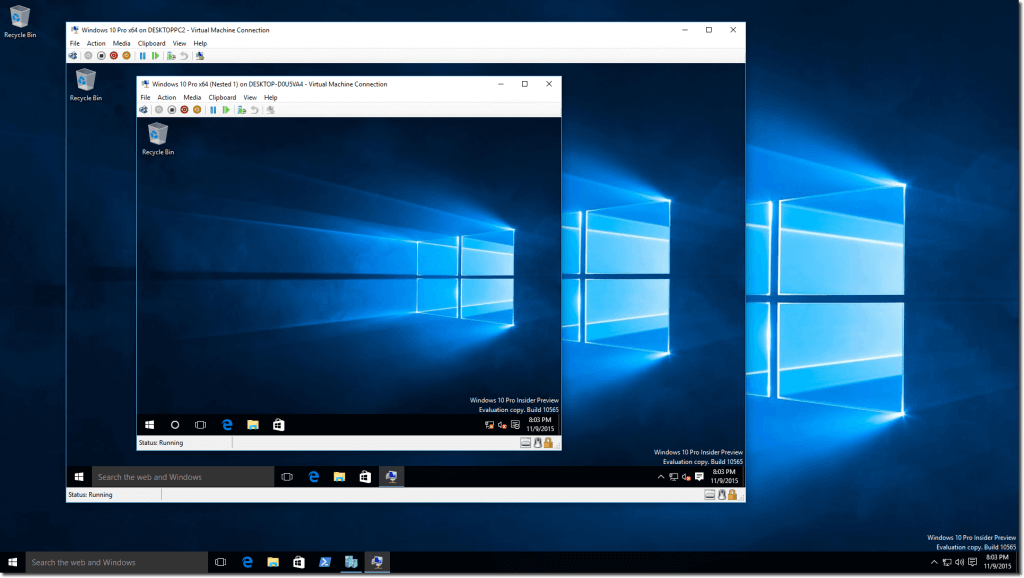
Install a virtual machine in Windows 10 with Hyper V
Here’s how you can install a full-blown virtual version of an operating system in a virtual machine using Hyper-V.
- Check your PC for Hyper-V support through the Command Prompt
- If your PC does not support Hyper-V, you can enable it through Turn Windows Features On or Off in Control Panel
- Restart your PC, and then create a virtual switch on Hyper-V by opening Hyper-V Manager from the Start Menu
- Create the virtual machine through the Hyper-V Manager and the New Virtual Machine Wizard
Applies to All Windows 10 Versions
Currently, it’s possible to run a number of Linux distros natively on Windows 10. However, these Linux environments are limited in the features and tools that you can use. In Windows 10, there are only three distros to choose from: Ubuntu, SUSE Linux Enterprise, and OpenSUSE Leap. All three distros rely on a command-line interface, so you’ll miss out on running any of the graphical experiences (GNOME, KDE, XFCE, or other Linux-based graphical applications).
To get a full featured version of Linux on Windows 10, installing your favorite distro (Linux-speak for “a distributor or distributed version”) on a second PC is always an option if you are fortunate to have one, but not everyone has one to spare. Luckily, you can just use your Windows 10 PC, it’s still possible to run a full-blown version of Linux by using a virtual machine (VM) using Hyper-V. Here’s what you need to do on Windows 10 to create a virtual machine using Hyper-V.
Enable Hyper-V on Windows 10
Hyper-V is a virtualization technology tool from Microsoft that is available on Windows 10 Pro, Enterprise, and Education. Hyper-V allows you to create one or multiple virtual machines to install and run different OSes on one Windows 10 PC. Having the correct Windows 10 version is not the only thing your PC needs; there are also hardware requirements:
- 64-bit CPU with Second Level Address Translation (SLAT).
- Processor must support VM Monitor Mode Extension (VT-c on Intel chips).
- 4GB of memory at a minimum.
Here’s what you need to do to verify that your Windows 10 PC has Hyper-V support.
- Open Start.
- Search for Command Prompt, left-click the top result and click “run as administrator.”
- Click Yes on the UAC prompt.
- Type the following command and press Enter: systeminfo.exe
- Under Hyper-V Requirements, If you see a “Yes,” your PC can run Hyper-V.
If the command displays “No” under Hyper-V Requirements, then your Windows 10 PC hardware doesn’t support this feature or you may have to enable these features manually in your system.
Now that you know your machine is Hyper-V capable, you need to enable Hyper-V. Here’s what you need to do:
- Open Control Panel.
- Click on Programs.
- Click on Turn Windows features on or off
- A Windows Features pop-up box appears and you’ll need to check the Hyper-V option. Be careful that Hyper-V Management Tools and Hyper-V Platform are selected.
- Click OK.
After Hyper-V is enabled, you will be prompted to restart your Windows 10 PC to finish installing the requested changes. Restart your computer. Hyper-V is now enabled. The next step will be to create a virtual machine using Hyper-V. Now that Hyper-V is enabled and you’ve successfully added a virtualization layer to Windows 10, you’ll need to create a virtual machine (VM) for the Linux distro you want to use. In order to do that, you’ll need to create a virtual switch to connect the VM to the Internet. Here’s what you need to do next.
Creating a virtual switch
Use the following steps to configure a virtual switch on Hyper-V:
- Open Start.
- Open Hyper-V Manager.
- Click on the Action menu.
- Select New and click Virtual Switch Manager.
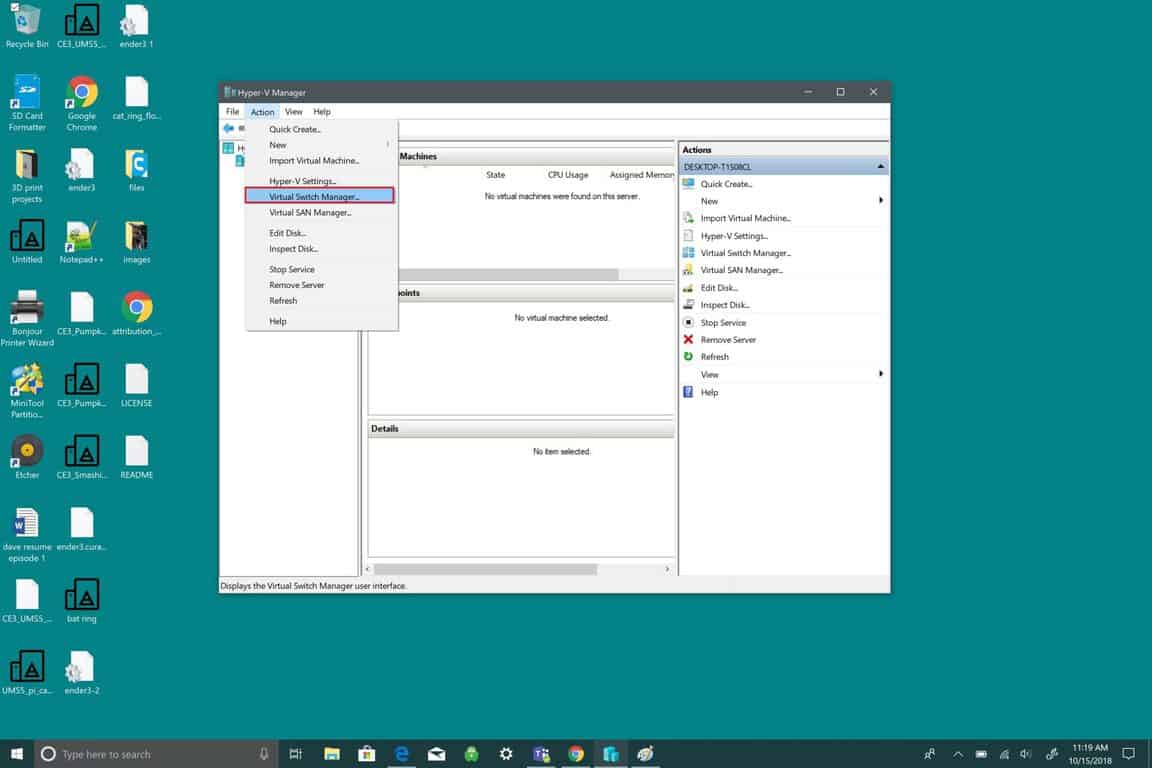
Next, you need to follow the highlighted items in the menu, as seen in the picture below. This will create a virtual switch. A virtual switch acts like an extra layer of security between your virtual machine and your Windows 10 PC.
- Select New virtual network switch
- Select External.
- Select Create Virtual Switch.
Now, you need to customize your virtual switch. In this example, I used “Windows 10 Virtual Switch.” However, you can name your switch anything you want.
- Enter a virtual switch name (e.g., Windows 10 Virtual Switch).
- Under connection type, your network adapter should use the External network option.
- Select OK.
Now that you’ve successfully created a virtual switch, you can create a virtual machine. The purpose of a virtual switch is to provide protection by using security measures to provide an extra level of protection between virtual machines. The virtual switch is an added safeguard in case anything goes wrong. Let’s walkthrough what you need to do to create a virtual machine.
Creating a Virtual Machine
- Open Hyper-V Manager
- Open the Action menu
- Select New and Select Virtual Machine.
Next, you will be taken to New Virtual Machine Wizard, which will walk you through the steps needed to setup a virtual machine in Windows 10 using Hyper-V. The New Virtual Machine Wizard is pretty straightforward and Windows 10 handles all the default virtual machine settings. All you need to do in New Virtual Machine Wizard is to follow the prompts.
The New Virtual Machine Wizard takes the guesswork out of any questions you may have seeting up a virtual machine. Setting up a virtual machine is a breeze using the New Virtual Machine Wizard. Windows 10 makes setting up a virtual machine fast and easy. Here’s all you need to do to set up the virtual machine:
- Specify Name and Location
- Specify Generation
- Assign Memory
- Configure Networking
- Connect Virtual Hard Disk
- Pick Installation Options
- Summary
Depending on how you want to set up your VM, the New Virtual Machine Wizard will walk you step-by-step and let you customize your VM on Windows 10 using Hyper-V. In the Windows 10 Fall Creators Update, Microsoft made it even easier to create a VM with Hyper-V Quick Create. Now, you can create a VM using Windows 10 dev environment or Ubuntu 18.04.1 LTS. Quick Create can be launched independently of Hyper-V Manager and is a quick tool to use to create a VM in Windows 10.
Microsoft has a quick guide on how to use Hyper-V Quick Create available on the Windows blog. The only prerequisite for being able to use Hyper-V Quick Create is that you are running at least the Windows 10 Fall Creators Update.
With Hyper-V Quick Create, Microsoft shows that you can create a VM in Windows 10 in as little as three steps:
Open Hyper-V Quick Create from the start menu.
Select an operating system or choose your own by using a local installation source; if you want to use your own image to create the virtual machine, select Local Installation Source. or Select Change Installation Source. Be sure to pick the .iso or .vhdx that you want to turn into a new virtual machine. If the image is a Linux image, deselect the Secure Boot option. Secure Boot is only for Windows 10 dev environment.
Select “Create Virtual Machine“
From there, Hyper-V Quick Create will create a VM for you without you needing to worry about it. Be aware that if you don’t have the OS already installed on your Windows PC, you will be required to download your preferred OS from within the Windows 10 app. You can also access Hyper-V Quick Create from the right pane within Hyper-V Manager.
Once you’ve created a virtual machine, you should see a screen like this (if you used Windows 10 dev environment).
Obviously, Ubuntu and other OS welcome screens will have different welcome screens, but you will be able to successfully create a VM using Hyper-V Manager or Hyper-V Quick Create. Windows 10 is making creating virtual machines (VM) easier and faster than ever.
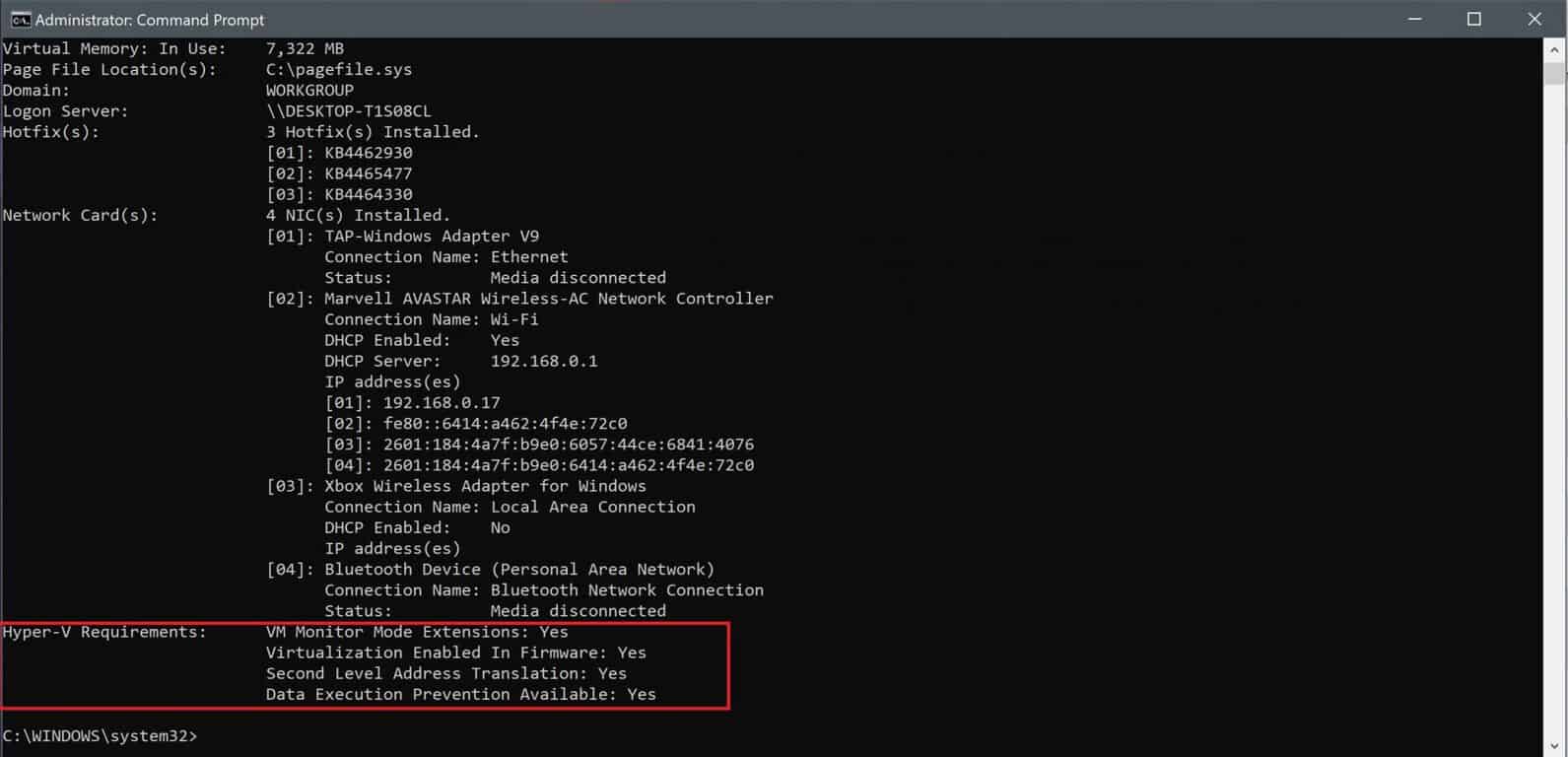
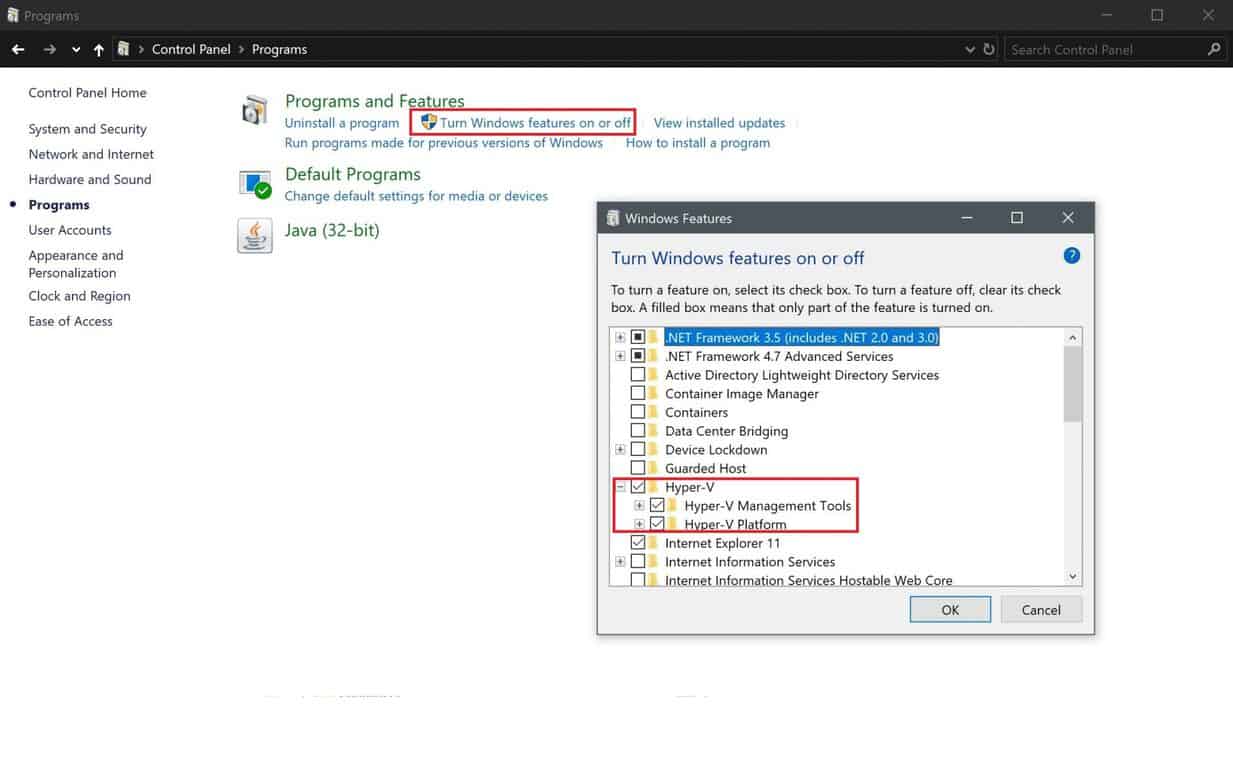
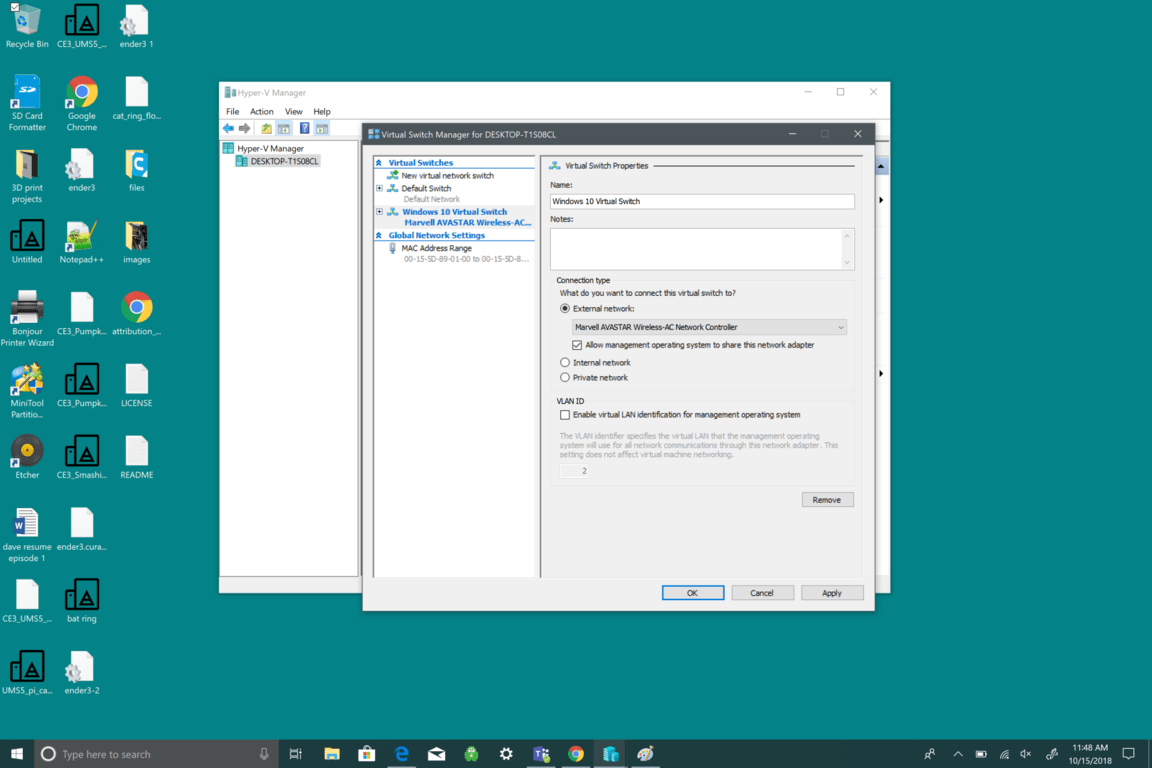
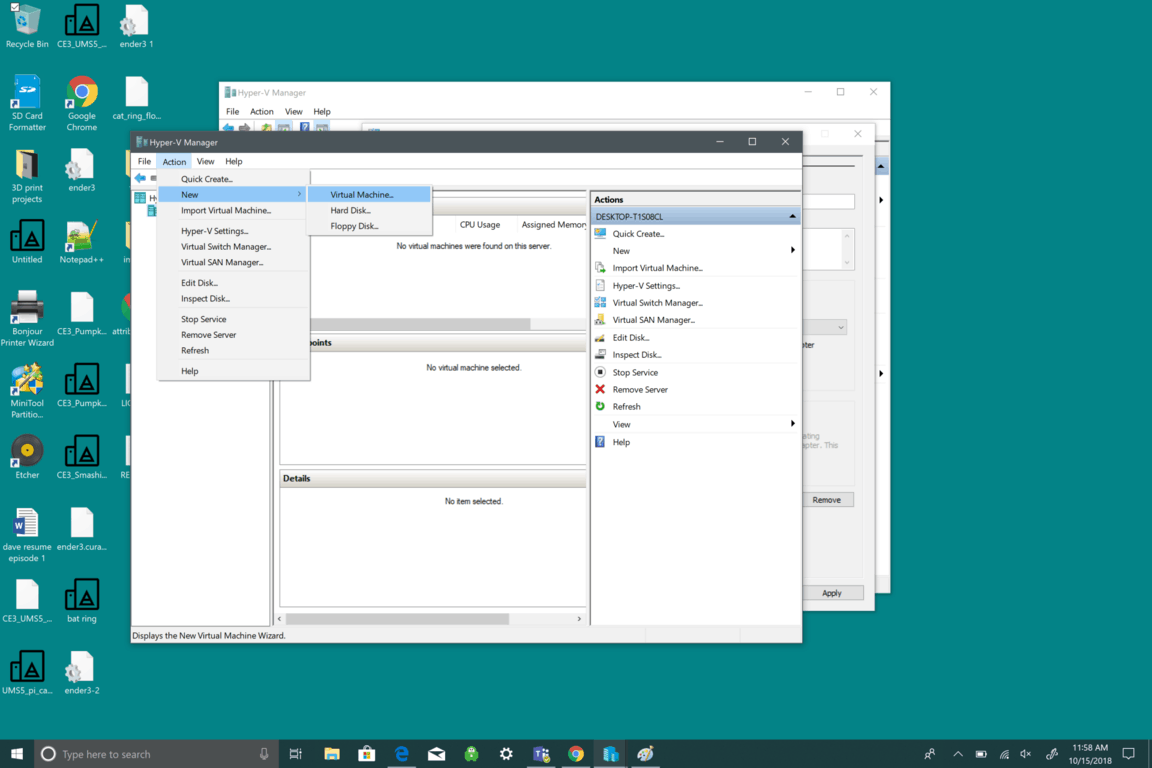
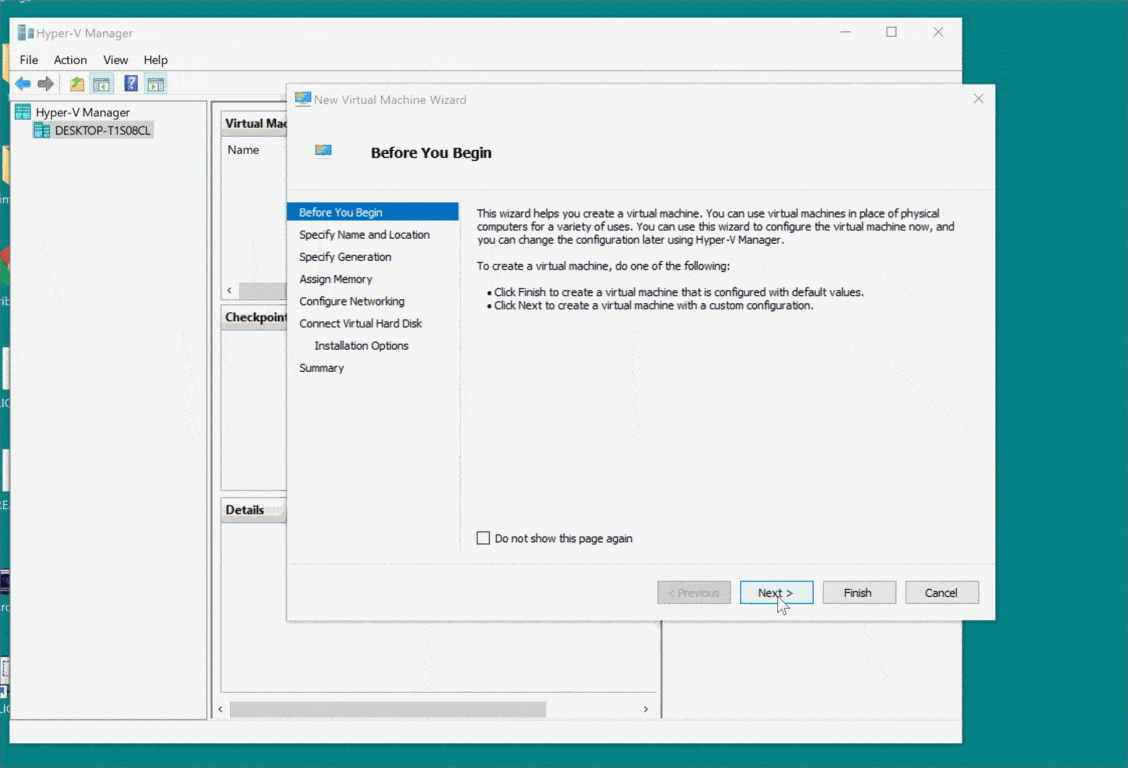
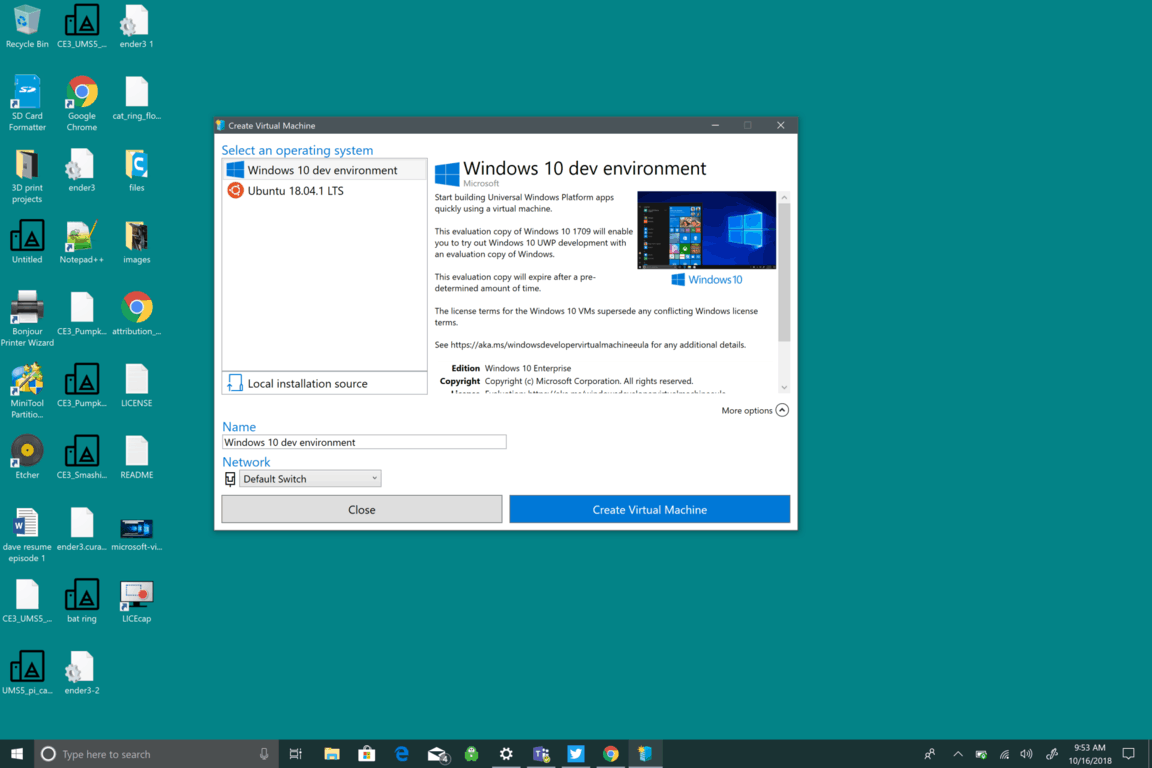
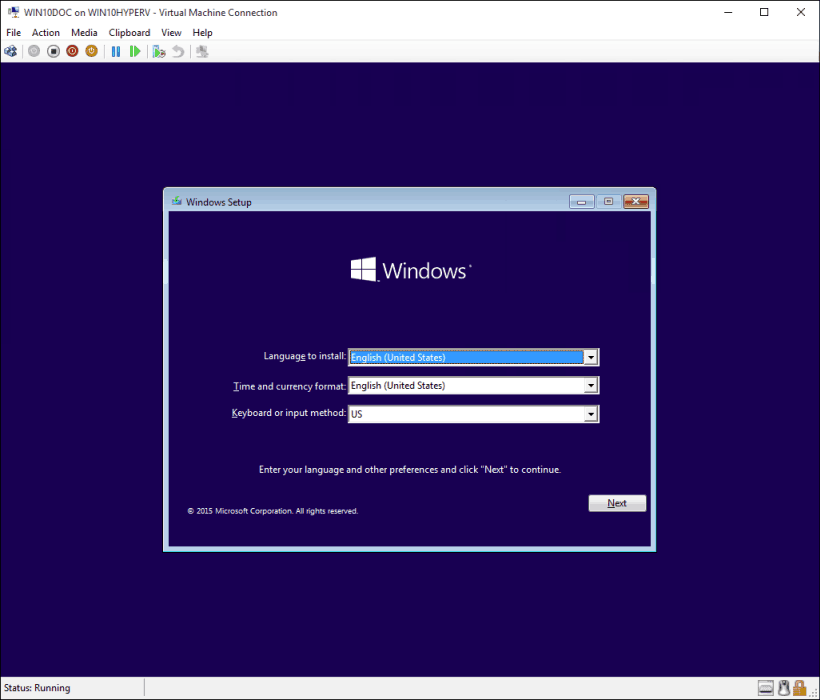
No comments:
Post a Comment